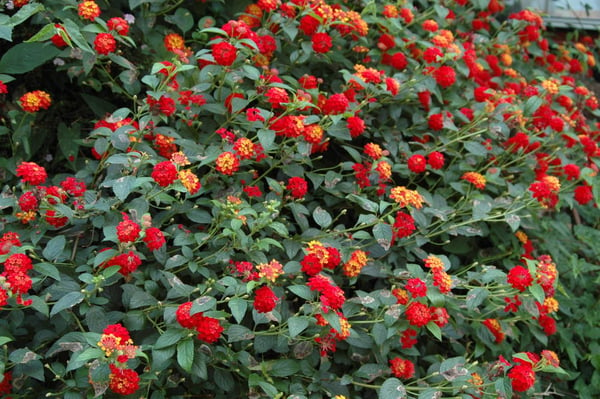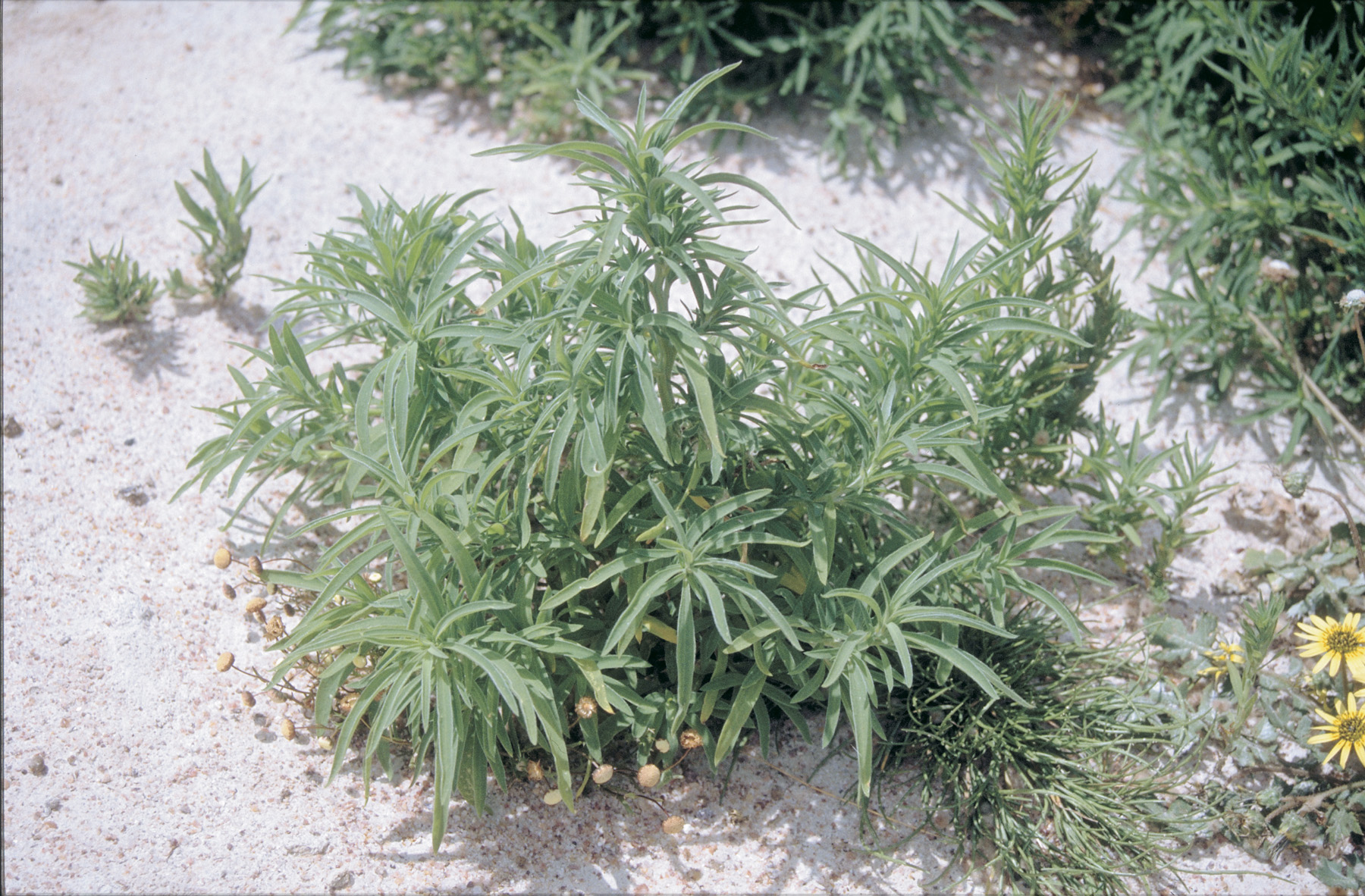In this blog, we are going to explore the seemingly simple questions of when and why some plants die during drought while others survive. This is a long‐standing question relevant to both low rates of mortality that happen continuously and regional scale ‘die‐off’ events that occur less frequently.
The focus on this question has increased in recent decades, as the evidence mounts that climate extremes such as severe drought have rapid, widespread and long‐lasting impacts.
Environmental conditions before, after, and during herbicide applications can have a dramatic impact on the performance of the herbicide and on the environmental fate of the product.
The environmental condition that is most on people's minds the past couple seasons, of course, is drought. While specific weed management situations will be affected differently, or not at all, by drought, it's useful to think about how dry conditions can impact weeds and herbicides in and on the plant as well as in the soil.
First, the good news about drought and weeds. Under drought conditions, we typically have fewer weeds. Weeds often have inherent or enforced dormancy mechanisms that protect seed from germinating into inhospitable environments; so overall weed germination typically is reduced under dry conditions.
Second, under dry conditions or periodically dry conditions, fewer of the seeds that do germinate are able to successfully establish which further reduces weed pressure under dry conditions.
However we do experience the vast growth of drought tolerant weeds such as Kochia, Kanpweed, and perennial weeds are more troublesome with dry conditions. Weeds that also emerge may be delayed or erratic in dry years.
Weeds that normally would emerge early in the season and be controlled prior to planting may not emerge until later, Therefore, multiple flushes of weeds may occur as rainfall is received throughout the season.

Drought conditions impact heavily on primary production and an unfortunate side effect of a drought breaking is an increase in the presence of new and existing weeds on a property.
Drought also creates dry soil conditions that prolong the viability of weed seeds. The fungi and bacteria that break seeds down need moisture to function. In dry soil, weed seeds do not break down, and remain completely viable, as if they have been kept in a paper bag in the cupboard.
What can you do?
Keep detailed Livestock Feeding Records by paddock and mob and carefully consider where the grain and fodder are to be fed.
Also it is important to keep an eye on any native or feral animals may also access livestock feed and stock water, increasing the likely incidence of weed spread via both manure and through water flows.
The most important aspect of controlling newly introduced weeds is early detection and identification keep a close watch for unknown plants and have them identified as soon as possible. Don’t let them establish and set seed.



